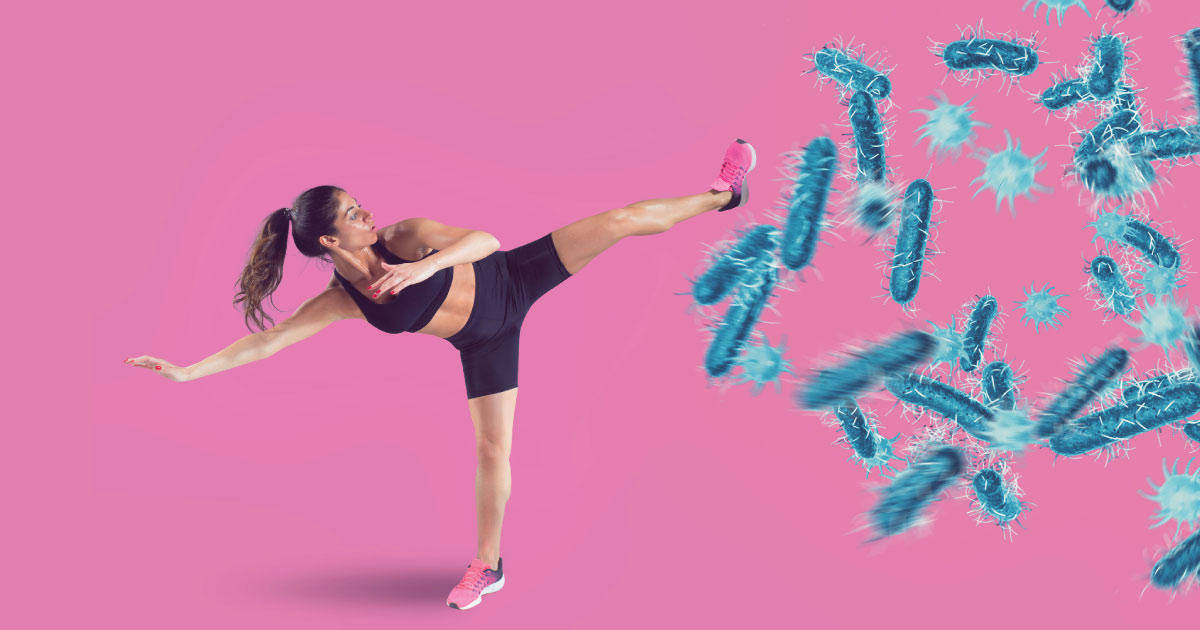
5 Ways We Can Keep Your Immune System Strong
December 10, 2025/by Kaplan Center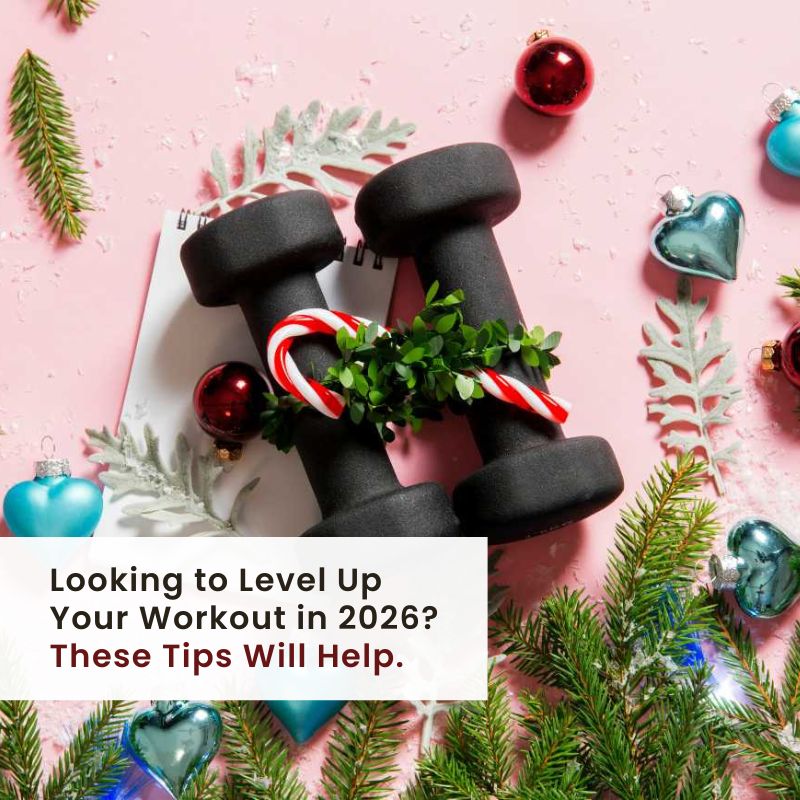
Want to Take Your Workout to the Next Level Next Year? These Tips Can Help
December 8, 2025/by Kaplan Center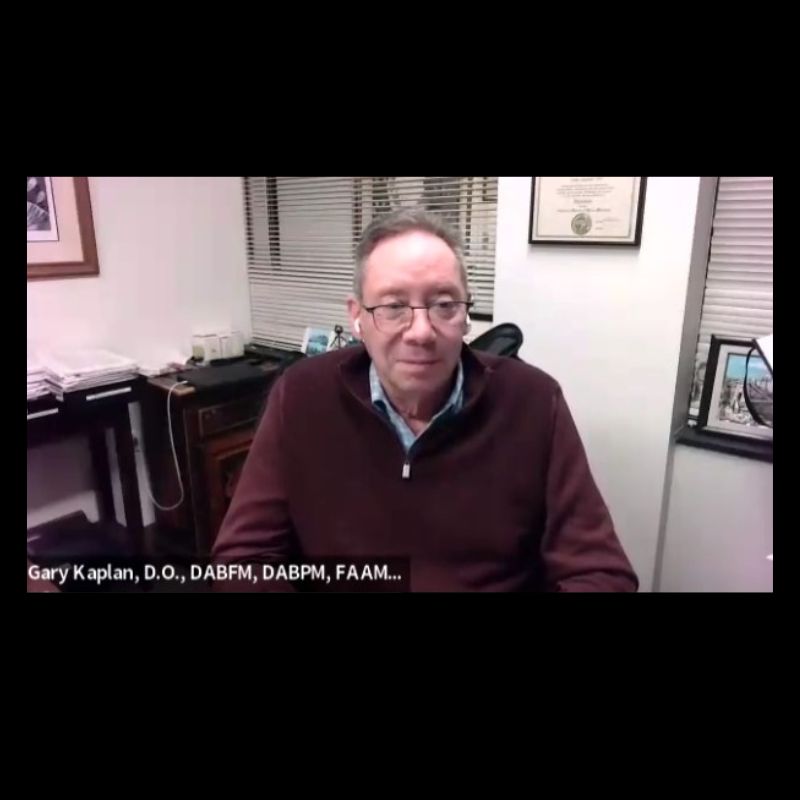
Dr. Kaplan’s Dos and Don’ts of the Holiday Season
December 3, 2025/by Kaplan Center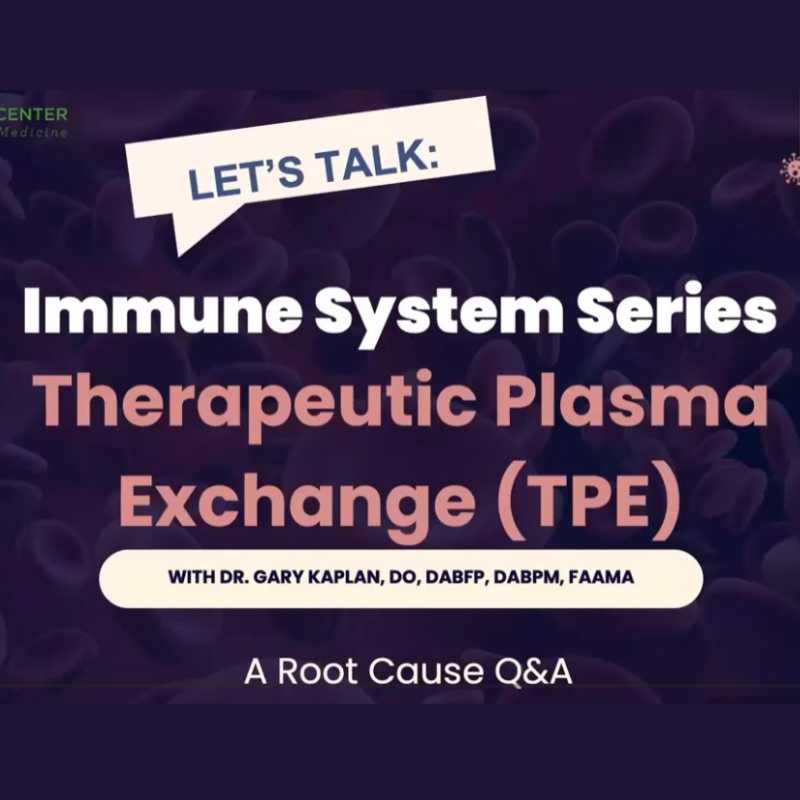
Let’s Talk Webinar – A Root Cause Q&A
December 2, 2025/by Kaplan Center
Navigating Holiday Meals with Gut Issues: Simple Tips for a Comfortable Season
December 1, 2025/by Chardonée Donald, MS, CBHS, CHN, CNS, LDN
Craniosacral Therapy for TMJ | Say Goodbye to the Daily Grind
November 19, 2025/by Patricia Alomar, M.S., P.T.
From Compassionate Care to Personal Healing: A Letter to My Patients
November 18, 2025/by Kaplan Center
8 Steps to a Healthier Gut—and a Longer, Healthier Life
November 18, 2025/by Kaplan Center
Mid-Life Irritability & Fatigue Improved by Hormonal Balancing
November 13, 2025/by Lisa Lilienfield, MD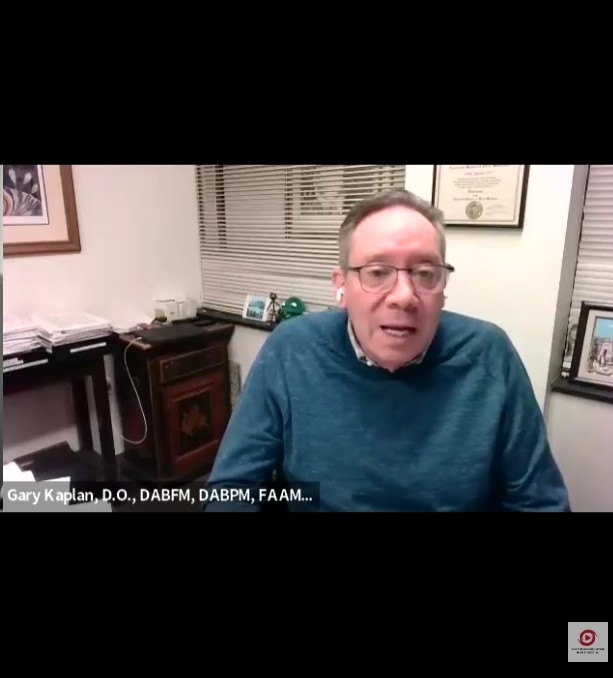
From Challenges to Change: Dr. Kaplan on Healthcare’s Biggest Challenges
October 29, 2025/by Kaplan Center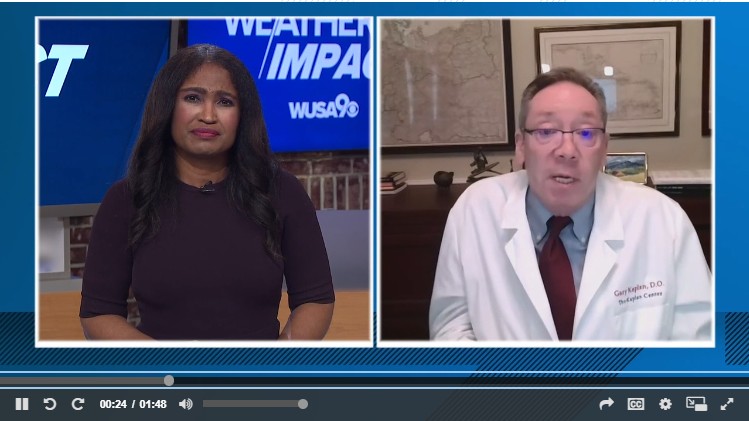
Overlooked Dangers of Mold Exposure and How to Stay Safe – Dr. Kaplan Talks to WUSA9
October 27, 2025/by Kaplan Center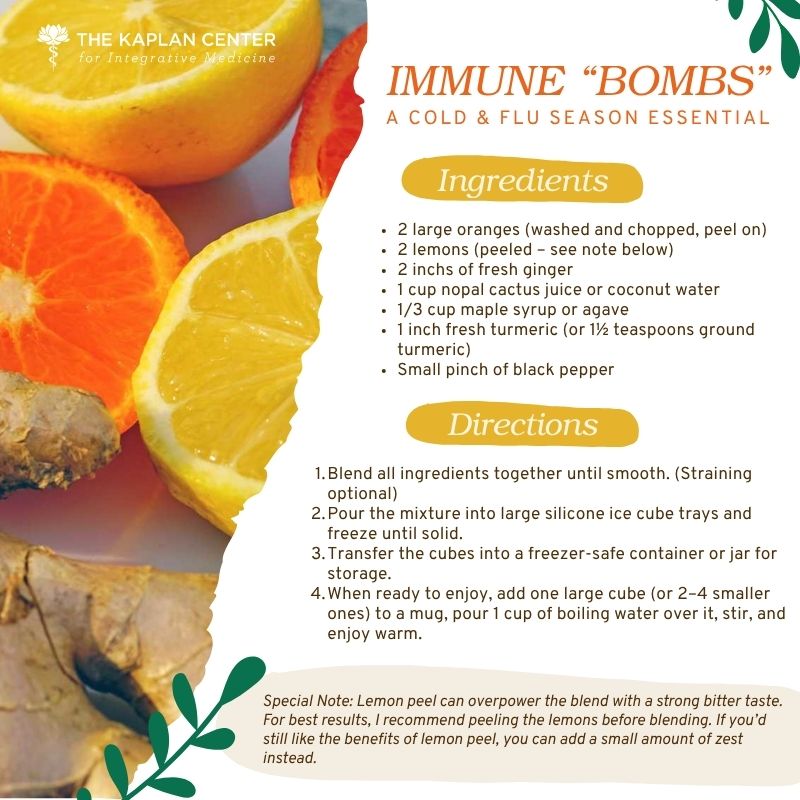
Let’s ‘Fall’ Into Wellness: A Nutritionist-Approved Immune-Boosting Recipe for Cold and Flu Season
October 13, 2025/by Chardonée Donald, MS, CBHS, CHN, CNS, LDN
PANS/PANDAS – When Sudden Symptoms Signal Something More
October 9, 2025/by Kaplan Center
Beating Burnout, A Nutritionist’s Perspective
October 1, 2025/by Chardonée Donald, MS, CBHS, CHN, CNS, LDN
3 Things That Can Happen After Stopping GLP-1s
September 11, 2025/by Chardonée Donald, MS, CBHS, CHN, CNS, LDN
What Families Need to Know About COVID and Flu Season
September 3, 2025/by Kaplan Center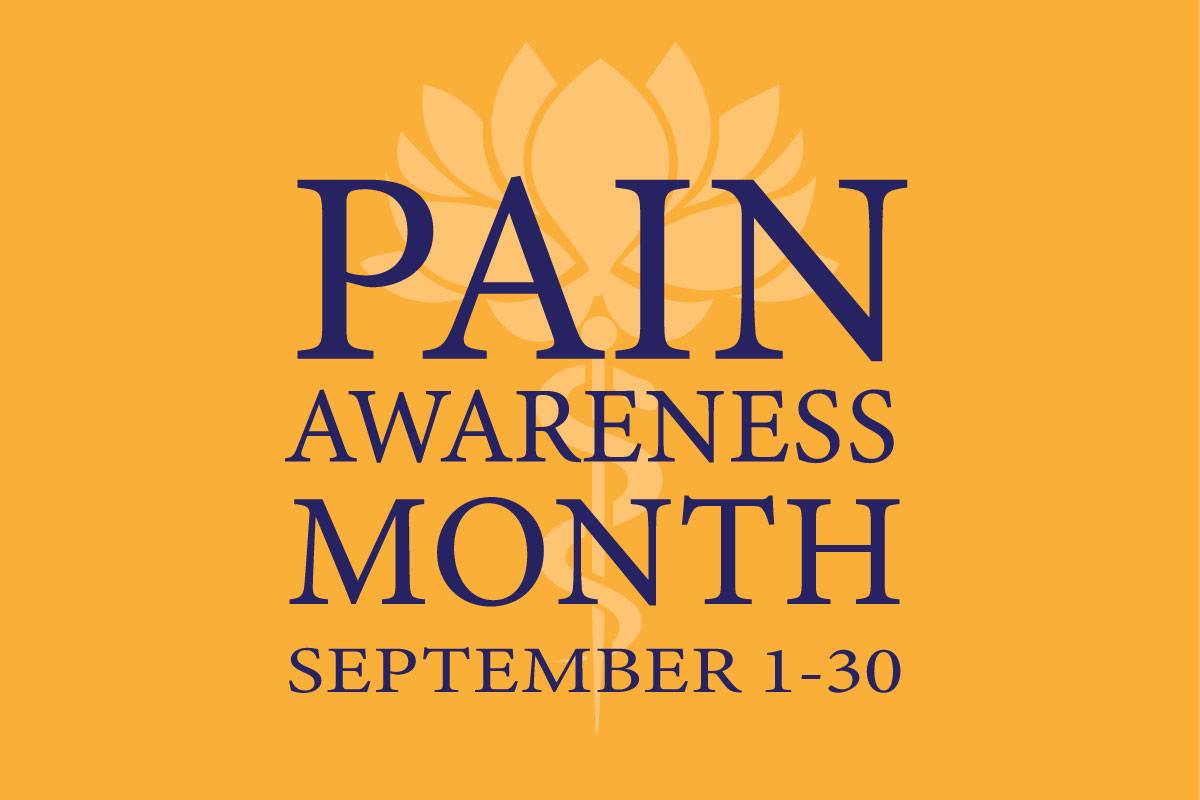
September is Pain Awareness Month
September 1, 2025/by Kaplan Center
Dr. Kaplan Spoke to Northern Virginia Magazine About COVID, Flu, and Immunity — Here’s What You Should Know
August 14, 2025/by Kaplan Center
“Why Do I Feel Like Crap?”: The Overlap Between Long COVID and Perimenopause
July 30, 2025/by Kaplan Center
Why People Are Turning to EMDR (and Why You Might Want to Too)
July 23, 2025/by Kaplan CenterAre you looking to improve your overall wellness?
Personalized care you can trust.
Our integrative, non-surgical treatment approach is highly successful in maintaining wellness and also treating chronic pain and illness. For more than 30 years, we have delivered superior, cutting-edge health care in the Washington, DC area.
QuickLinks
Contact Information
Tel: 703-532-4892
Fax: 703-237-3105
6829 Elm Street, Suite 300
McLean, Virginia 22101
Map It
Hours of Operation
Mon – Thu : 8 am – 5 pm, ET
Fri : 8 am – 12 pm, ET
Minimizing Breast Cancer Risk
/in Lifestyle, Women's Health/by Lisa Lilienfield, MDAccording to the American Cancer Society, about 276,480 new cases of invasive breast cancer will be diagnosed in women in 2020. A further 2,620 new cases of invasive breast cancer are expected to be diagnosed in men.
The causes of cancer are complex; genetics and our environment can play a large role. So while there is no sure way to prevent it, the tests, supplements, and lifestyle recommendations outlined below, along with the guidance of a trusted physician, can help minimize your risk.
Lifestyle Choices in Minimizing Cancer Risk
Lifestyle can play a very important role in minimizing your risk of cancer. I highly recommend the book, Keeping aBreast, by Dr. Khalid Mahmud, which offers the following suggestions for maintaining an optimal lifestyle (some of these also appear in well-regarded studies).
Risk Assessment Tests
There are currently many tests available to assess the risk of breast cancer – for the purpose of this article I have chosen 3 to mention:
While the BRCA gene mutation is the most common mutation associated with breast cancer, over the past few years other gene mutations have been identified. If there is a strong family history of cancers, genetic counseling would be advised.
Cancer-risk testing, although not yet perfect, is highly recommended, especially if you have a family history of the disease. Taking these tests can also help your doctor proactively tailor your care, depending on any medical predispositions.
Eat More Cancer-Fighting Foods
Click Here to Download the Infographic: Cancer Fighting Foods & Supplements PDF
Consider Seeking an Integrative Medical Practitioner
A board-certified physician with experience in functional medicine can work with you to safely tailor a vitamin and supplement plan based on your personal test results and health concerns.
If you are concerned about breast cancer, our doctors at The Kaplan Center for Integrative Medicine can work with you to tailor a scientifically-based program designed to lower the risk of cancer, while also helping you enjoy a healthy and active life.
We are here for you, and we want to help.
Our goal is to return you to optimal health as soon as possible. To schedule an appointment please call: 703-532-4892 x2
Additional References:
[1] Brew, C.T., Aronchik, I., et al. 2009. “Indole-3-carbinol inhibits MDA-MB-231 breast cancer cell motility and induces stress fibers and focal adhesion formation by activation of Rho kinase activity.” International Journal of Cancer, May 15;124(10):2294-302.
[2] Simonpoulos, A.P. 2002. “The importance of the ratio of omega-6/omega-3 essential fatty acids.” Biomed Pharmacother, Oct; 56(8):365-79.
[3] Dietrich, M., Traber, M.G., et al. 2006. “Does gamma-tocopherol play a role in the primary prevention of heart disease and cancer? A review.” Journal of the American College of Nutrition, Aug;25(4):292-9.
[4] Garland, C.F., Gorham, E.D., et al. 2009. “Vitamin D for cancer prevention; global perspective.” Annals of Epidemiology, Jul;19(7):468-83
[5] Rosanoff, A., Weaver, C.M., et al. 2012. “Suboptimal magnesium status in the United States: Are the health consequences underestimated?” Nutrition Review, Mar; 70(3): 153-64.
[6] Chen, P., Li, C., Li, X., Li, J., Chu, R., and Wang, H. 2014. “Higher dietary folate reduces breast cancer risk.” British Journal of Cancer, 110(9):2327-38.
Updated: September 24, 2018.
Moving Forward with Back Pain
/in Treatments/by Kaplan CenterHas living with chronic low back pain affected your productivity, mobility, and overall ability to enjoy life?
In the United States, it’s estimated that nearly 16 million adults experience chronic back pain, making it one of the most costly health expenses annually and one of the most common complaints heard in doctors’ offices. Causes can include injury, disease (i.e. arthritis, cancer), obesity, poor posture, a sedentary lifestyle, even infection.
Patients with acute and sub-acute cases (pain that goes away within 3 months) may find that their pain improves over time without treatment of any kind. But not everyone has the ability to simply wait it out. In these cases, and when the pain becomes chronic, the American College of Physicians (ACP) recommends that non-invasive and non-drug therapies like exercise, acupuncture, massage, yoga, and other mind-body therapies should be the first line of treatment over surgery and narcotics, and we agree!
Remember, chronic pain, including low back pain, is a symptom of inflammation. Without targeting the root cause of the inflammation and treating it, your pain symptoms will not improve. Mind-body therapies help calm the inflammatory process in the body, promote healing, and present little to no risk to the patient.
Here are 3 common misconceptions about treating back pain that can contribute to a slower recovery.
Myth 1: Exercise makes back pain even worse
Putting the brakes on exercise may seem like a good idea when you’re feeling pain symptoms, but research shows that the opposite is true.
Strengthening and stretching exercises combined with aerobic activity will improve back pain symptoms by increasing blood flow, improving range of motion and flexibility, and strengthening core muscles.
· Physical Therapy is a great place to start if you’re concerned about further injuring or straining your back. Physical therapists have outstanding manual skills with a comprehensive understanding of body mechanics. They can work with you to decrease pain, improve movement, and provide instruction on how to continue moving safely in your everyday life.
· Going for a walk is one of the easiest ways to stay active. Try taking a short walk every day to keep your heart pumping and blood flowing.
· The poses, controlled breathing, and meditation involved in the practice of yoga can not only improve symptoms of chronic low back pain but can lower instances of depression and use of medication. As reducing back pain requires improving core strength, yoga is great for increasing core stability and strength while increasing awareness of other areas that may need stretching and strengthening.
Watch: Sun Salutations A & B with Dr. Lisa Lilienfield
Questions? Give Us a Call!
703-532-4892 x2
Myth 2: NSAIDs can’t hurt
Occasional use of NSAIDs can certainly be helpful if patients have seen little improvement with non-invasive treatments. But a big misconception about these OTC (over the counter) painkillers is that they’re completely safe and harmless. Regular use of NSAIDs can lead to problems with gut ulcers, liver damage, and kidney damage.
Ironically NSAIDs can even heighten one’s sensitivity to pain. People who take them more than once a week should discuss this with their physician.
Myth 3: Mind-body therapies are unscientific
Dismissing the benefits of mind-body therapies is, at the least, misguided. There is a mountain of evidence that supports the use of alternative therapies for pain management.
· Acupuncture: This 2000-year-old practice is thought to work by blocking pain messages to the brain with competing stimuli that cause an increase of endorphins, the body’s natural painkillers, and the secretion of neurotransmitters, which affect one’s perception of pain.
Supporting research:
Read: Relieve Your Chronic Back Pain with Acupuncture
· Massage Therapy: A study published in the Annals of Internal Medicine concluded that people who were treated with massage therapy, whether relaxation massage or structural massage (deep tissue massage), for their chronic back pain, saw benefits that lasted at least 6 months.
Additional research:
· Meditation: A study reported in the Journal of Neuroscience showed that patients who had received only a little more than 60 minutes of meditation training were able to dramatically reduce their experience of pain. Patients experienced a reduction in “pain intensity” of about 40 percent and a reduction in “pain unpleasantness” of 57 percent. According to the lead author of the study, Fadel Zeidan, “Meditation produced a greater reduction in pain than even morphine or other pain-relieving drugs, which typically reduce pain ratings by about 25 percent.”
Additional research:
Bottom line
Whether you have an acute, sub-acute, or chronic case of low back pain, the first line of treatment should be a therapy that can help calm the body’s inflammatory process naturally and safely. While there is unquestionably a time and a place for surgery or narcotics, medical evidence indicates that conservative treatment of low-back pain is often as effective.
If low back pain is interfering with your quality of life, please give us a call to learn more about how we can help with these wonderful and science-based therapies that can benefit your mind, body, and soul.
We are here for you, and we want to help.
Our goal is to return you to optimal health as soon as possible. To schedule an appointment please call: 703-532-4892 x2
Life, Stress and COVID-19
/in COVID-19, Long Covid, Mental Health/by Jodi Brayton, LCSWIt’s safe to say that the last few months have been very challenging. Whether you’re a stay-at-home parent, a business owner, a waitress or a student, it’s quite likely that over the past weeks, something in your life has fundamentally changed. In small ways and large, we’ve all been affected by COVID-19.
New stresses may have appeared. Old routines have been forgotten only to be replaced by new ones. These sudden changes can leave many feeling anxious or stressed. So, while it’s important to recognize the unfamiliar ground that we suddenly find ourselves on, it’s equally important to pay attention to our stress levels and our health.
What’s Keeping You Up at Night?
The answer to this question will differ from person to person. Yet when asked, many patients will respond with answers that revolve around the same themes:
Some of these themes and how we can help are explored in greater detail below:
COVID-19 has taken away many activities that we previously used to help deal with stress. Left unchecked, chronic stress can have significant impacts on our health. Stress raises the level of cortisol in our body while simultaneously reducing the levels of DHEA. This means we age faster, gain weight, and worsen existing health problems. Now more than ever, it’s critical that when dealing with high levels of stress, we find effective ways of dealing with it.
Feelings of safety and security also play a role in our overall well-being. The unexpectedness of COVID-19 has made us all feel less safe and more helpless. This can present with many different emotions or behavior that we wouldn’t otherwise turn to.
Meaningful connection with other people is not a luxury but essential to our survival. Human beings are social creatures. Apart from the sense of community and belonging that we naturally crave, we also get a sense of self-worth from our interactions with those around us. The isolation that COVID-19 has imposed on us can increase anxiety and reduce our ability to cope with it.True, meaningful social interactions can counteract the negative effects of isolation. In fact, studies show that those with more meaningful social connections tend to sleep better, have an improved mood and lower rates of depression. Unfortunately using social media and texts does not compensate for face to face interactions.
Steps You Can Take to Deal with Your Stressors
Our Approach to Treatment
At The Kaplan Center, our staff members use a comprehensive and flexible approach that is designed to help each individual person heal themselves. Healing involves the mind, body and spirit. All techniques are tailored to individual needs and designed to help people effectively manage distress, dysregulation and build confidence.
Many patients find the psychotherapy component and its use of biofeedback techniques that involve measuring skin temperature, blood pressure and heart rate simple, fun, and effective.
Modalities that may be used include: Eye Movement Desensitization & Reprocessing (EMDR), Psychodynamic psychotherapy, Sensorimotor psychotherapy, mindfulness, HRV biofeedback, Interactive Guided Imagery and Self-Hypnosis. All these techniques help clients connect to their mind’s bodies and emotions.
In particular, EMDR is a therapy that helps heal wounds from disturbing life experiences. It has been extensively researched and proven highly effective at helping people heal from distressing life experiences, including PTSD, anxiety, depression and panic disorders. Since our emotional well-being is tied with our physical (somatic) state.
EMDR is especially helpful because it uses a body-based technique called bilateral stimulation using eye movements, taps or tones. This stimulation helps a person adaptively process information that may be incorrectly stored in the mind and body. That incorrect storage can make past memories feel like they are happening in the present and people re-experience the same awful feelings (shame, fear, anxiety, and anger) along with the same negative beliefs about themselves. The brain feels as if that past distressing event is happening at the current time. EMDR therapy corrects the storage problem so that past painful memories associated with past traumas lose their charge.
Patients can react to stimuli in the present without the past interfering. The healing that occurs when that information is stored in a more functional part of our brain is a permanent fix. EMDR heals trauma and attachment wounds and allows people to take back their lives.
As we try to navigate our lives into a new semblance of normal, stress, illness and mental health shouldn’t be forgotten. One reason to consider seeing a psychotherapist is that speaking to a professional can relieve anxiety, decrease depression, and help you see how to make choices that are more beneficial to your cognitive and emotional health.
We are here for you, and we want to help.
Our goal is to return you to optimal health as soon as possible. To schedule an appointment please call: 703-532-4892 x2